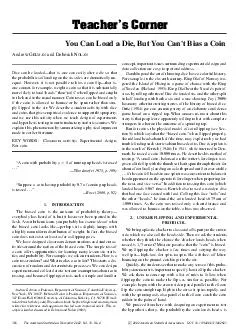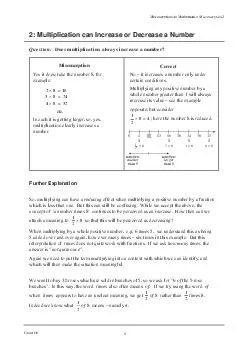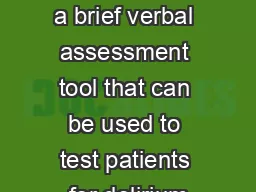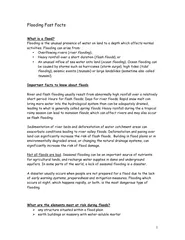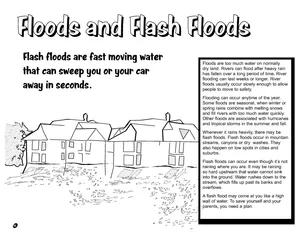PPT-How can we
Author : celsa-spraggs | Published Date : 2016-08-15
see invisible care Dr Tamara Daly CIHR Research Chair in Gender Work amp Health Associate Professor School of Health Policy amp Management York University Toronto
Presentation Embed Code
Download Presentation
Download Presentation The PPT/PDF document "How can we" is the property of its rightful owner. Permission is granted to download and print the materials on this website for personal, non-commercial use only, and to display it on your personal computer provided you do not modify the materials and that you retain all copyright notices contained in the materials. By downloading content from our website, you accept the terms of this agreement.
How can we: Transcript
Download Rules Of Document
"How can we"The content belongs to its owner. You may download and print it for personal use, without modification, and keep all copyright notices. By downloading, you agree to these terms.
Related Documents


